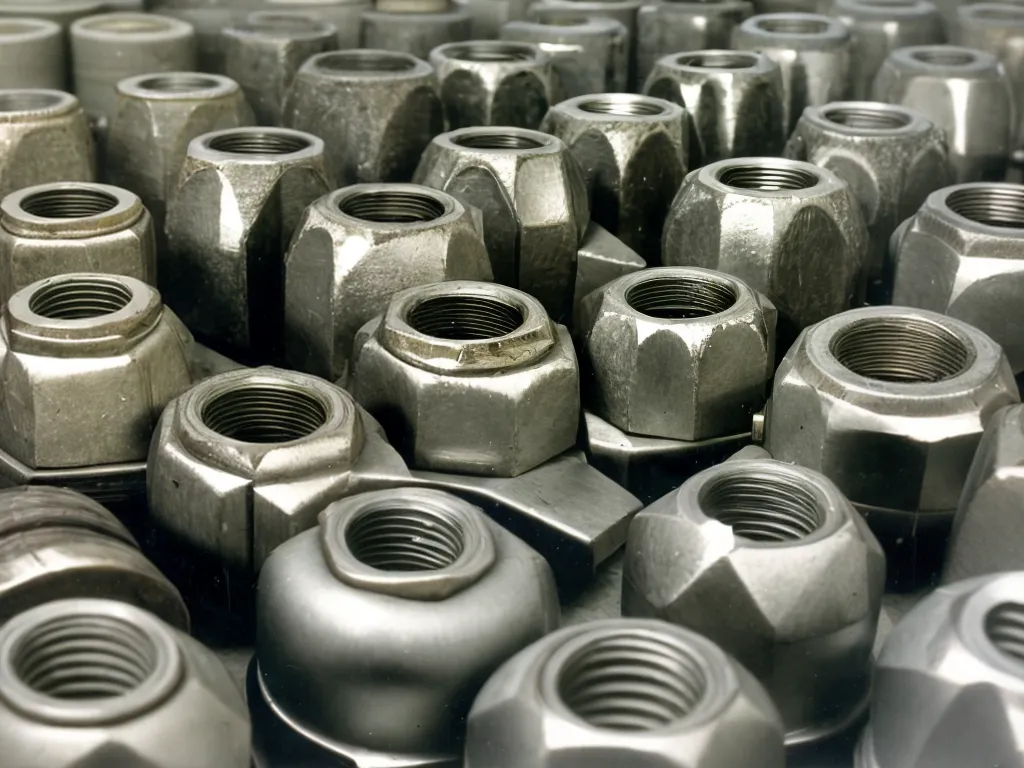
Introduction
In the 1960s, a variety of wire-nut standards existed for joining and insulating electrical wires. As wiring and electrical codes advanced, many of these standards became obsolete by the 1970s and 1980s. This article provides a comprehensive overview of the key wire-nut specifications and standards that electricians used in the 1960s for residential and commercial buildings but are now obsolete. I cover the wire gauges and materials, torque ratings, safety issues, and manufacturer markings associated with 1960s wire nuts.
Wire Gauges and Materials
Wire nuts in the 1960s were commonly used to join copper electrical wires with gauges ranging from 14 AWG to 10 AWG. The most common home wiring was 14 AWG and 12 AWG copper for 15 amp and 20 amp branch circuits respectively. Aluminum wiring also became popular during the 1960s before being phased out due to safety issues. Wire nuts used on aluminum required special markings and modifications.
Larger wire gauges, such as 8 AWG, 6 AWG, and 4 AWG copper, were often used for feeders, service entrances, and high power circuits. However, wire nuts were generally not approved for these large branch circuit wiring. Screw terminal blocks or soldered connections were more common.
Torque Ratings
The torque rating or tightening specification is an important characteristic of wire nuts that ensures a proper electrical connection. In the 1960s, torque ratings were lower than modern standards. For example, typical torque values were:
- 6 in-lb for 14 AWG copper wire
- 15 in-lb for 12 AWG copper wire
- 25 in-lb for 10 AWG copper wire
Exceeding torque values could damage the wire nut or wires. Under-torqued connections often loosened over time, creating resistive losses and overheating.
Safety Standards
Wire nuts in the 1960s did not always meet modern safety standards. For example:
-
No UL listing - The Underwriters Laboratories (UL) listing was not ubiquitous. Unlisted wire nuts had unknown qualities.
-
Brittle plastic - Some wire nut plastics cracked over time, exposing wires. Modern plastics are more flexible and durable.
-
Poor grip - Inferior manufacturing sometimes resulted in poor wire gripping. Wires pulled out under minimal force.
-
No antioxidant gel - Most 1960s wire nuts lacked protective antioxidant grease inside to prevent corrosion.
Electrical codes evolved to address these safety gaps. Use of unapproved devices and materials for splicing was prohibited.
Manufacturer Markings
There were minimal requirements for wire nut markings and identification in the 1960s:
-
Branding - Manuel,Ideal, Marrette and Buchanan were among popular wire nut brands.
-
Size range - Wire nut size ranges, like "14-10 AWG", were sometimes printed on the shell.
-
Aluminum wire - Special wire nuts for aluminum wiring were marked "AL/CU" but this was not always clear.
Other modern markings like UL listing, torque rating, date code, etc were typically absent. Identification often required visually comparing with specification sheets.
Typical Wire Nut Examples
Some typical wire nuts used in the 1960s include:
-
Ideal Yellow - A yellow plastic wire nut rated for 14 AWG and smaller wires. Very common but prone to cracking.
-
Buchanan Red - A red plastic nut rated to 12 AWG copper. Known for its tapered design and color coding.
-
Manuel Black - A classic black plastic nut for 10-14 AWG copper wires. Available in winged and non-winged versions.
-
Marrette Red AL/CU - A red aluminum/copper rated nut made by Marrette, a Canadian manufacturer.
Obsolescence
By the 1970s and 80s, these older wire nut specifications and brands became obsolete and were replaced by improved standards:
-
UL listing - This became ubiquitous by the 1970s. Unlisted wire nuts were phased out.
-
Higher torques - Improved plastics allowed higher torque ratings up to 30-45 in-lbs.
-
Aluminum wiring - Special AL/CU rated wire nuts were required by the 70s.
-
Plastic quality - Better formulations reduced cracking and embrittlement issues.
-
Corrosion protection - Antioxidant grease inside wire nuts became the norm.
So in summary, 1960s wire nut technology saw rapid advancements in safety and performance that made early standards quickly obsolete. Any still encountered should be replaced with modern equivalents.